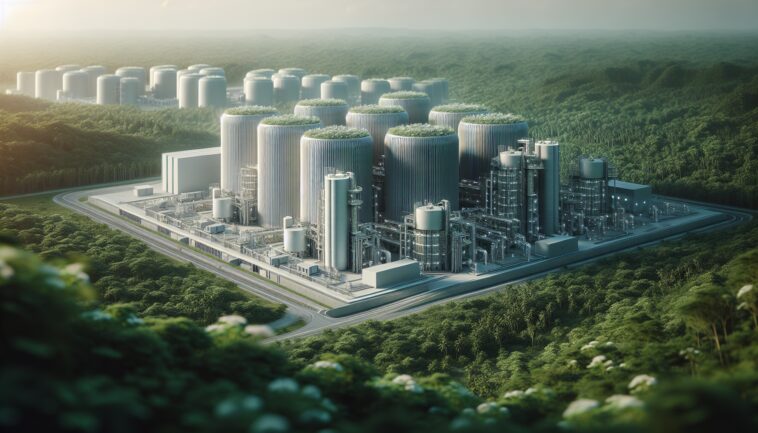Table of Contents
The changing landscape of nuclear energy
Nuclear energy is experiencing a renaissance, with a growing number of states in the U.S. actively supporting advanced nuclear projects. This shift comes after decades of neglect, as public opinion begins to favor nuclear power as a cleaner alternative to fossil fuels.
Recent legislation in 25 states, including New York, signals a significant change in how nuclear energy is perceived and utilized. With over 200 bills introduced this year alone, the race to become the nation’s nuclear leader is heating up, with states investing millions to secure their positions.
Small modular reactors: The future of nuclear power
At the forefront of this nuclear revival are small modular reactors (SMRs), which promise to revolutionize energy production. Unlike traditional reactors that generate around 1,000 megawatts, SMRs produce about 300 megawatts, making them more manageable and quicker to deploy.
This innovative approach to nuclear energy is attracting attention from major tech companies like Amazon and Google, who are looking for sustainable solutions to meet their increasing power demands. The potential for mass manufacturing of SMRs could lead to lower costs and reduced construction delays, making them an attractive option for data centers and other high-energy facilities.
Addressing safety concerns and environmental impact
Despite the promise of SMRs, safety concerns remain a significant hurdle. Critics argue that advanced nuclear technologies may pose risks similar to those of traditional reactors. However, proponents assert that SMRs are designed with enhanced safety features that minimize the likelihood of catastrophic failures.
The Natural Resources Defense Council has released assessments indicating that SMRs would not have significant adverse effects on air and water quality. Yet, public perception remains a challenge, as many Americans are still wary of having nuclear facilities in their communities.
Educating the public about the safety and environmental benefits of nuclear energy is crucial for its acceptance and growth.
The demand for energy in a tech-driven world
The increasing demand for electricity, driven by advancements in artificial intelligence and the expansion of data centers, underscores the urgency of finding reliable energy sources. By 2030, AI is projected to account for a substantial portion of U.S. electricity demand, raising concerns about the capacity of existing grids. As technology companies compete for energy resources, nuclear power could emerge as a viable solution to meet these escalating needs. The challenge lies not only in developing new technologies but also in ensuring that they are perceived as safe and reliable by the public.
Looking ahead: The future of nuclear energy
As the world grapples with rising energy demands and the need for sustainable solutions, nuclear energy stands at a crossroads. While the potential for a nuclear renaissance is evident, the industry must navigate safety concerns, public perception, and regulatory challenges. The success of SMRs and other advanced nuclear technologies will depend on the industry’s ability to deliver on promises of safety, efficiency, and environmental responsibility. For a generation that values sustainability and innovation, the future of nuclear energy could hold the key to a cleaner, more reliable power grid.




